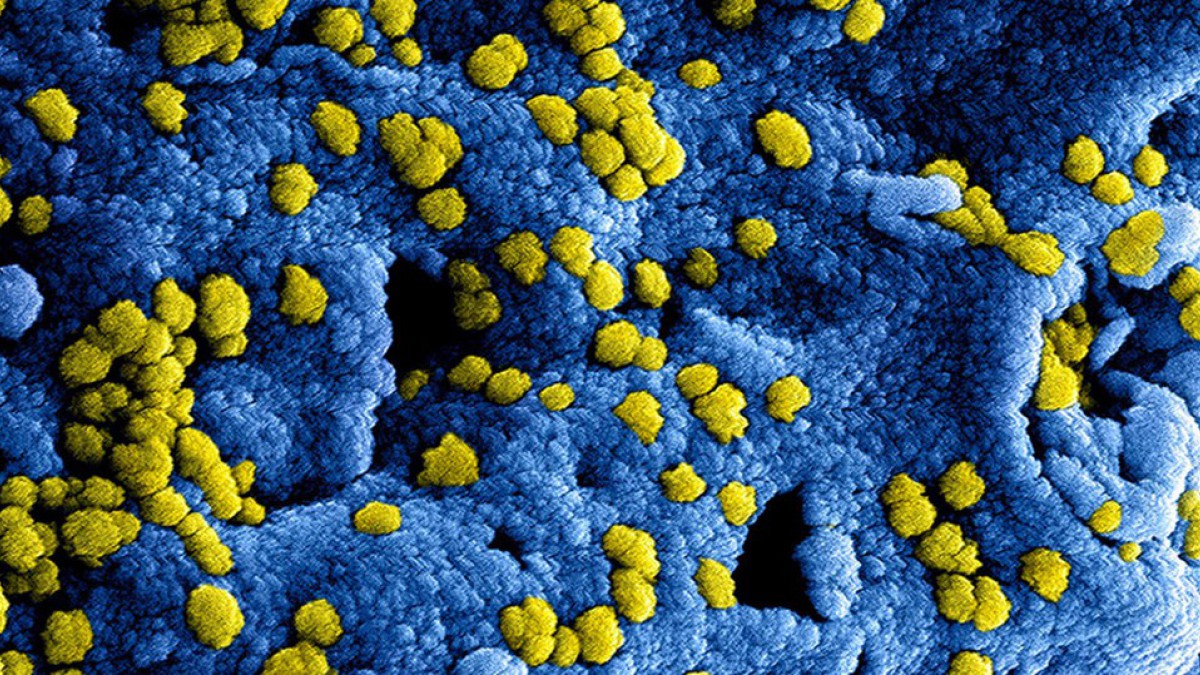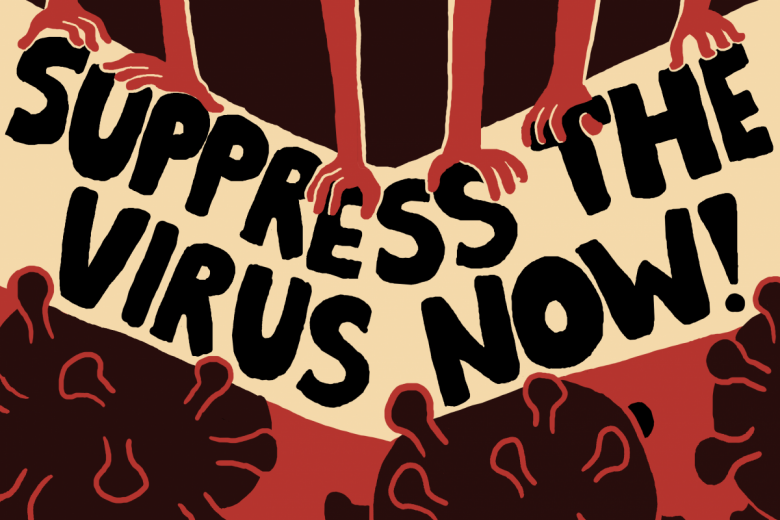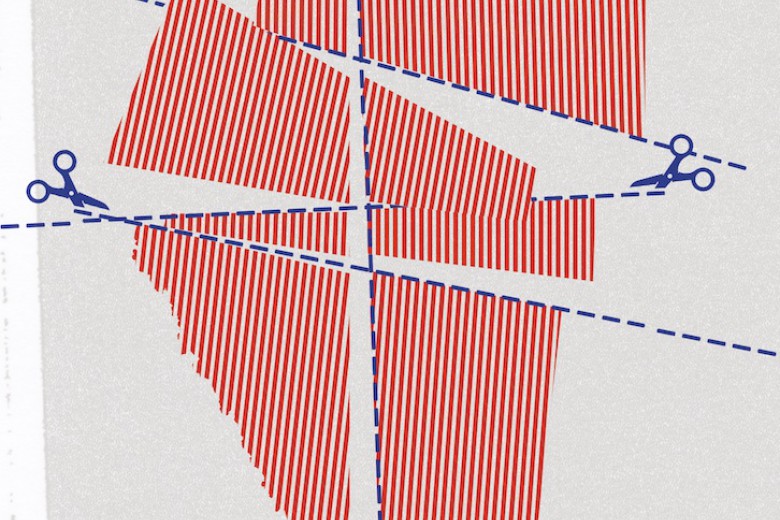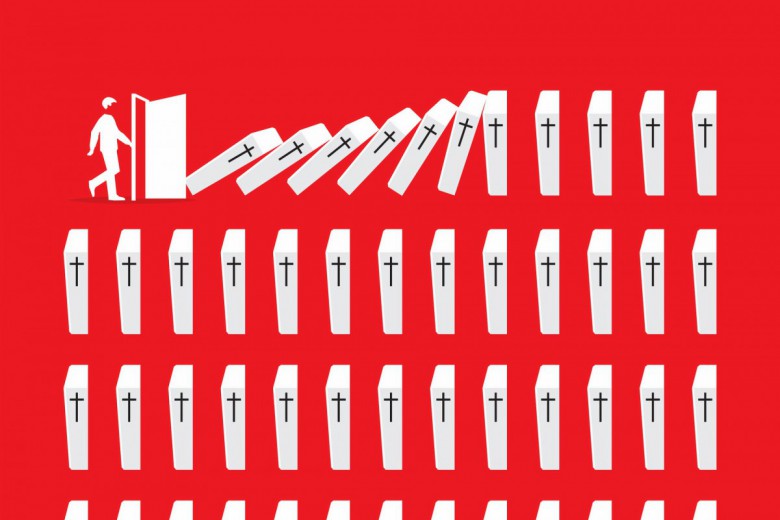As someone who grew up in Hong Kong during the severe acute respiratory syndrome (SARS) epidemic, I have a deep familiarity with the trauma and distress associated with disease outbreaks. With school cancelled for almost a month, my eyes were glued to the daily death counts on the television. The fear and panic was palpable, with the city’s usually packed malls and restaurants emptied. But this legitimate fear of sickness or loss can also often entangle with deep-seated racism, where fear becomes a licence for xenophobia. This was certainly the case during the SARS outbreak in Canada – today, we are witnessing a rerun with the novel coronavirus (2019-nCoV) outbreak.
The SARS epidemic in 2003 had serious health consequences for many in Canada, with 438 suspected cases and 44 deaths. But for Chinese and Southeast Asian communities in Canada, it was compounded by serious social and economic implications. Anti-Asian racism, fanned by the mainstream media, led to major financial losses for many Chinese and Southeast Asian businesses and restaurants, as customers stayed away – with losses estimated at 40 to 80 per cent in Toronto’s Chinatowns. Especially impacted were Chinese and Southeast Asian workers – including live-in caregivers and restaurant workers – who lost their jobs in droves, often due to racist presumption. There were also daily incidents of verbal harassment and physical violence against those assumed to be Chinese.
But these incidents are not an unprecedented response to crisis; instead, they are rooted in a long history of framing Chinese people as inherently diseased and unhygienic.
Just this past week, the Chinese Canadian National Council Toronto Chapter – which I co-chair – has received angry phone calls and emails placing blame on the Chinese community for the coronavirus outbreak. Racist messages and misleading fake news have been circulating on social media. Peter Akman, a CTV journalist, was fired for an Instagram post where he implied that he was at risk of contracting the disease from his Asian barber. I’ve spoken to Chinese people who told me that their landlords were inquiring about how to evict Chinese tenants for fear of the disease, and who reported discriminatory behaviour at government offices and retail locations.
But these incidents are not an unprecedented response to crisis; instead, they are rooted in a long history of framing Chinese people as inherently diseased and unhygienic. In 1890, during a cholera scare in Vancouver, the local press demanded that the government take action against Chinatown. Despite there being no accounts that cholera had arisen from the neighbourhood, city council designated Chinatown as an “official entity” in the medical health officer rounds and health committee reports, a designation that compels city staff to place the neighbourhood under closer scrutiny for by-law infractions. No other neighbourhood would be given such a designation or have their conditions blamed on the race of their residents. That said, living conditions were indeed poor for Chinatown residents – but more so due to a government that refused to provide sanitation services and sewers, despite countless petitions from community leaders.
These racially-informed public health scares have had a lasting impact on government policy. Canada's very first piece of immigration legislation, the Immigration Act of 1869, was partly justified by the supposed need to stop the spread of diseases like cholera and tuberculosis – immigrants were expected to provide documentation indicating whether they were sick or disabled before their voyage to Canada. Those who were even just suspected of being contagious could be denied entry. The mental hygiene movement of the 1910s and 1920s, driven by the belief that racialized people were ‘mentally defective,’ fought to improve the mental fortitude of Canadians through eugenics policies, including segregation, sterilization, and immigration control. The movement’s advocacy work contributed to today’s “excessive demand” clause, which effectively bars disabled people – painted as burdensome to society – from immigrating to Canada. Health scares have been mobilized time and time again to justify the various elements that form the bedrock of Canada’s racist immigration system, a system that had explicitly barred Chinese immigrants from 1923 to 1947 and continues to discriminate implicitly through the points system.
The current outbreak has also sparked petitions and calls for the use of broadscale quarantine and border restrictions targeting Chinese people as a means of containment. Thousands of parents signed a petition calling on the York Region District School Board to keep students with family who have visited China home from school for 17 days. These calls – like one demanding the government suspend all flights from China into Canada – allude to Chinese people hiding symptoms. A commenter on the petition even labels coronavirus a “Chinese disease.” Yet public health scholars like Dr. Rebecca Kats and Dr. Tom Inglesby have shown that broadly-applied travel restrictions have had, at best, mixed results. At worst, these interventions have exacerbated the crisis by spreading public panic, preventing the arrival of international aid and experts, and creating food shortages. This has been the case with previous attempts to implement mass quarantines and travel bans in response to HIV/AIDS, H5N1, H1N1, and ebola.
Instead of advocating for policies driven by racist fear, a better response to outbreaks would be to challenge the weakening of our public health infrastructure.
Instead of advocating for policies driven by racist fear, a better response to disease outbreaks would be to challenge the weakening of our public health infrastructure. In Ontario, where the first cases of coronavirus were reported in Canada, the Ford government is in the process of consolidating 35 public health units into 10. These public health units provide vaccination programs, infectious disease outbreak investigations, and restaurant inspections – all crucial to the prevention and control of outbreaks. There are fears that consolidation could lead to layoffs that affect service delivery, as consolidated units will have to serve much larger geographical areas. And the Ford government is moving forward with plans to cut provincial public-health spending, leaving municipalities to cover 30 per cent of all their public-health costs on their own. There have also been cuts to e-health, ambulance services, and medical research. These cuts are happening alongside the government’s gutting of the Employment Standards Act – eliminating paid sick days and requiring workers to provide sick notes to take leave. By forcing sick workers to show up to work, the Ford government has dealt a critical blow to mitigating disease transmission.
Finally, in this air of panic and anxiety, most damning about the response to the current outbreak has been the callous disregard for those people most affected. Friends and family in Canada with loved ones in coronavirus hotspots have been desperately worried. And yet, these loved ones, and indeed Chinese people in general, have been portrayed by many as “zombies” or “pests,” not afforded the same humanity as those perpetuating these racist caricatures in the guise of public health. In light of government mismanagement and abandonment, the residents of Wuhan have mobilized on the basis of mutual aid, with volunteers providing transportation for healthcare providers, distributing supplies to under-equipped hospitals, and providing shelter and food to those in need. Perhaps we can learn something from those bravely confronting the crisis on the frontlines of the outbreak. Let us reject dehumanization, and proceed with empathy, solidarity, and care.







